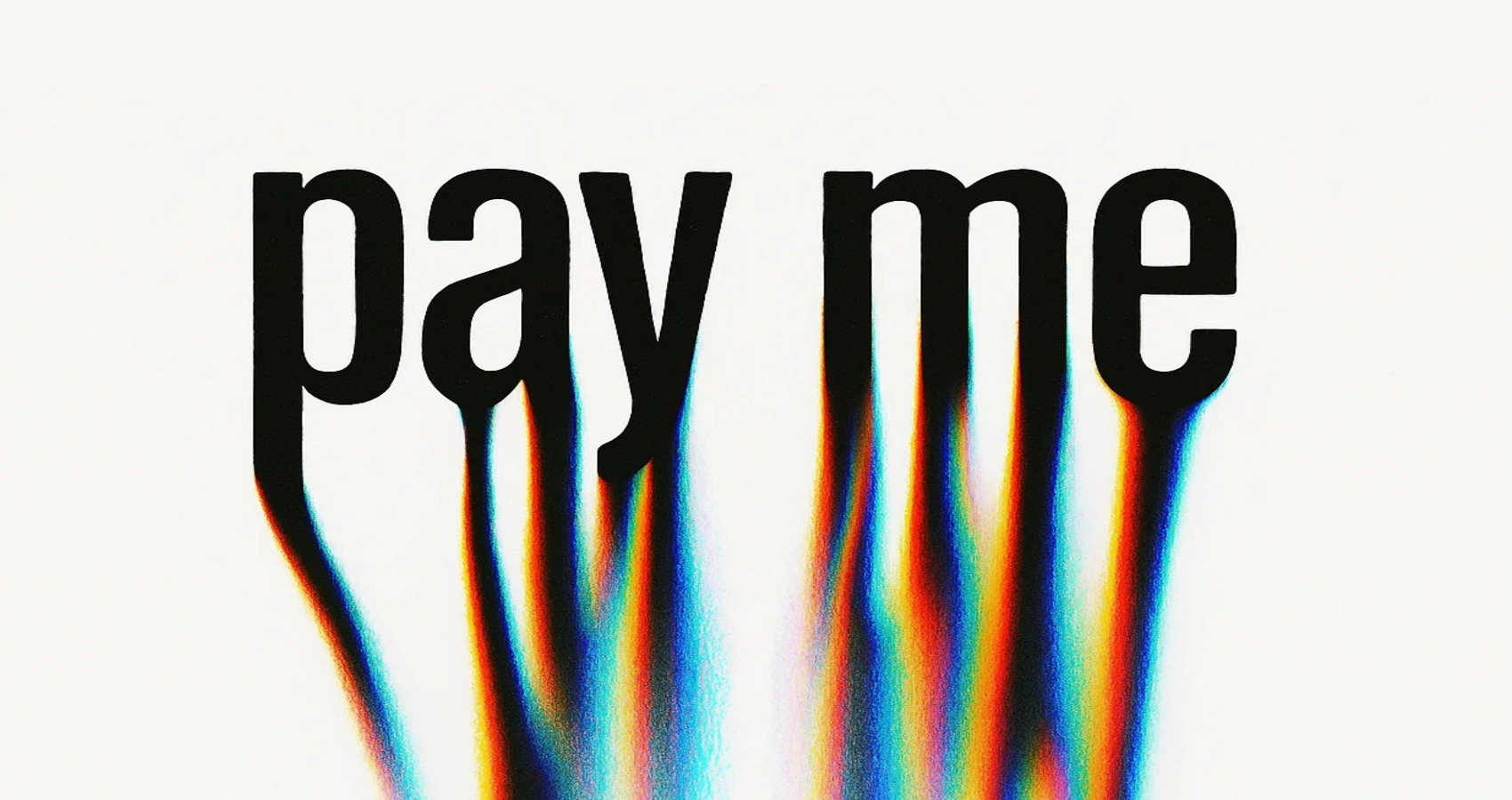Let’s talk about one of the most frustrating realities of freelancing: getting paid. It shouldn’t be complicated, but somehow it often is.
If you’ve been around the freelance block, you already know how this story goes. That giddy excitement of landing a new project slowly starts to sour when the invoice goes ignored for weeks… or months. According to the Independent Economy Council, 74% of freelancers have dealt with late payments. Even worse, 16% have waited two months or more to get what they’re owed.
It’s ridiculous, honestly. But the good news is, you don’t have to keep putting up with it. There are ways to take control of your payment process. Here’s what’s worked for me and what I’ve learned (sometimes the hard way) over the years.
Start with clear expectations
We’ve all had that first meeting glow, the creative spark, the shared excitement, the “let’s-make-this-awesome” energy. But before you dive headfirst into the work, pause. Take a breath. And set your expectations.
You need to have a second conversation with your client, one that’s a little less dreamy and a lot more practical. Outline everything: the scope, the process, deadlines, how you’ll work… and most importantly, how and when you’ll get paid. Clear communication up front saves you from awkward conversations later. Trust me, this one small move can save you hours of stress.
Don’t work without a contract (ever again)
When I started freelancing, I genuinely believed people would just… pay me. I thought the world ran on mutual respect and shared values. I pay my accountant joyfully (because I don’t want to do the job), so naturally, others would do the same for me, right? Wrong.
After years of experience (including bad ones with unpaid invoices) my approach evolved. Today, I whip up contracts with my terms and conditions, and I make sure they come back signed. Having a written agreement not only makes me look more professional, but it also saved me a lot of anxiety. More importantly, the contract serves as a handy reference point in case disputes rear their ugly heads. As a freelancer, a well-drafted and signed contract is truly your best buddy throughout a project.
Elements to Include in Your Contract:
Outline of scope of work
Clearly define the services you will provide. Outline the project’s scope to make sure you don’t work more than your get paid for and what the deliverables are. Be as detailed as possible to avoid misunderstandings.
Timeline
Specify project deadlines, milestones, and the overall timeline for completion.
Payment Terms
Clearly outline the payment structure, including: Total project cost, payment schedule (e.g., upfront deposit, milestone payments, final payment), accepted payment methods, late payment fees, if applicable.
Penalties for Late Payments
To nudge clients towards timely payments, think about adding some penalties to your contract. Now, I know the term “penalties” might sound a bit stern and negative, but it’s not as harsh as it seems. It’s more like outlining the outcomes of late payments, such as interest charges or a slight increase in the total amount due. It’s not about being confrontational; it’s just a sensible aspect of running a business. Your client is likely familiar with these terms, as they might use them in their dealings too. So, embrace late fees as a way to make sure your hard-earned hours are rightfully compensated—you’ve earned them!
Terms and Conditions
For legal protection, make sure that your Terms & Conditions are accepted when the contract is signed. In your T&C, provide all the information that apply in your business. This can be cancellation policy, intellectual property rights, indemnification, termination clause, etc…


Get an upfront payment from your client
You might think that now that you have the contract signed, you’re finally going to be able to start working on your project and do what you love to do! I am sorry to disappoint. After the contract, we need to talk finances. You need to make sure you’re not working like a fool and you need to get your upfront payment. This will benefit you in different ways:
Commitment & Trust
By asking them to pay a percentage or the full amount of the invoice upfront, they’re essentially involved to work with you. Which reassures you that you’re not working for nothing and creates a trust-relationship between your client and yourself. This is a good start for your client-relationship.
Bringing cashflow for your business
Delivering top-notch results often involves not just time but sometimes a bit of upfront investment in the project. Without asking for upfront payment, you’re basically dipping into your own pocket for those investments. Not the best scenario for your business, right? Your business is the most important thing as a freelancer, and you need to keep your finances running smoothly.

The different types of upfront payments
100% upfront
Some clients actually prefer to pay everything at once, especially for smaller jobs. If you go this route, make sure the scope is airtight. If extra work pops up? That’s a new invoice.
Tip
If you prefer having the full amount of your invoice paid upfront, sweeten the deal for your client. Consider offering a discount for upfront payments; it’s a win-win situation for both parties. Your client get a reduced cost, and you get the benefit of having your cash flow boosted right from the start. Fair and square, right?
Deposit payments
This is the sweet spot for most creatives. It secures the project, covers your time, and reassures the client you’re invested. Adjust the percentage depending on the project’s complexity or cost.
Milestone payments
Ideal for longer projects. Break the job into chunks and get paid as you go, when certain deliverables are approved or stages are completed. You stay motivated, and the client doesn’t have to front the full cost right away.
Be wary of hesitant clients
If someone pushes back on upfront payments or wants to settle everything after the project is done… be cautious. It’s often a sign that they either don’t value your time or might not have the budget. Neither is a good situation to be in.
As a freelancer, time is your currency. Don’t spend it where it’s not respected.
F*ck you, Pay me
If you haven’t watched Mike Monteiro’s legendary talk, do it. Right now. He breaks down why creatives need contracts, how to talk about money, and what to do when clients don’t pay. It’s empowering, hilarious, and spot-on.
Conclusion
Getting paid on time shouldn’t be the battle it often is. But with a few strategic moves, clear contracts, upfront payments, defined terms, you can shift the power back into your hands.
Make a system. Set expectations. Get everything in writing. Create payment structures that protect you, while still being fair to your client. There’s nothing unprofessional about asking for what you’re worth, and making sure you actually receive it.
You’re not just an artist or a writer or a designer. You’re a business. So run it like one.
